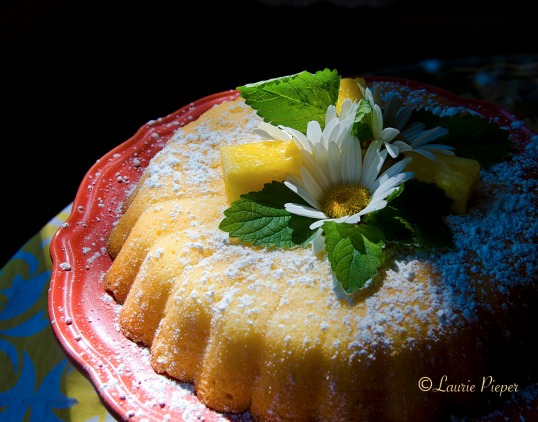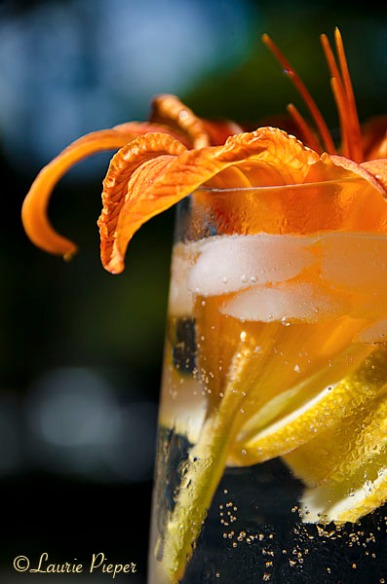Cousin Kate asked me for my Chive Blossom Omelette recipe and so I decided to share it here. Unfortunately, our chives are done blooming for the season – and I don’t have any other herbs flowering today, so I can’t make this recipe to photograph it right now. I am borrowing a chive photo from one of my very early blog posts and giving the recipe anyhow. I hope that this post inspires you to use some herbs from your garden.
Thank you for the prompt, Kate!

2 large eggs, beaten until frothy
about 1 1/2 teaspoons of unsalted butter
optional: a little bit of Vidalia (sweet) onion sautéed in butter
sliced Havarti cheese, torn into several pieces
pinch of garlic powder
salt and fresh ground pepper to taste
about 1 tablespoon of snipped chives and parsley
about 3 chive blossoms, gently torn apart
3 whole chive blossoms for garnish
Directions
Clean the herbs and pat dry with a clean towel before starting.
Preheat a 9″-skillet over medium heat. Add about 1 1/2 teaspoons of unsalted butter to the skillet and swirl it around until the butter just barely begins to sizzle. Immediately pour the eggs in and swirl them around the bottom of the pan. Try not to let the butter or the eggs brown. Turn the heat down, if necessary, while cooking the omelette.
Spoon the onion – if using – over half of the eggs. Top with enough cheese to mostly cover half of the egg mixture. Lightly sprinkle with garlic powder, salt and fresh ground pepper. When eggs are very nearly set, top with the fresh herbs. Slide the omelette, filled half first, out of the pan and onto a warmed plate, folding the egg side over the filled side as you remove the pan.
Garnish with little creme fraiche (crema), a sprinkle of fresh ground pepper and a few whole chive blossoms. Serve immediately.
Enjoy!
Growing and Cooking with Herbs











